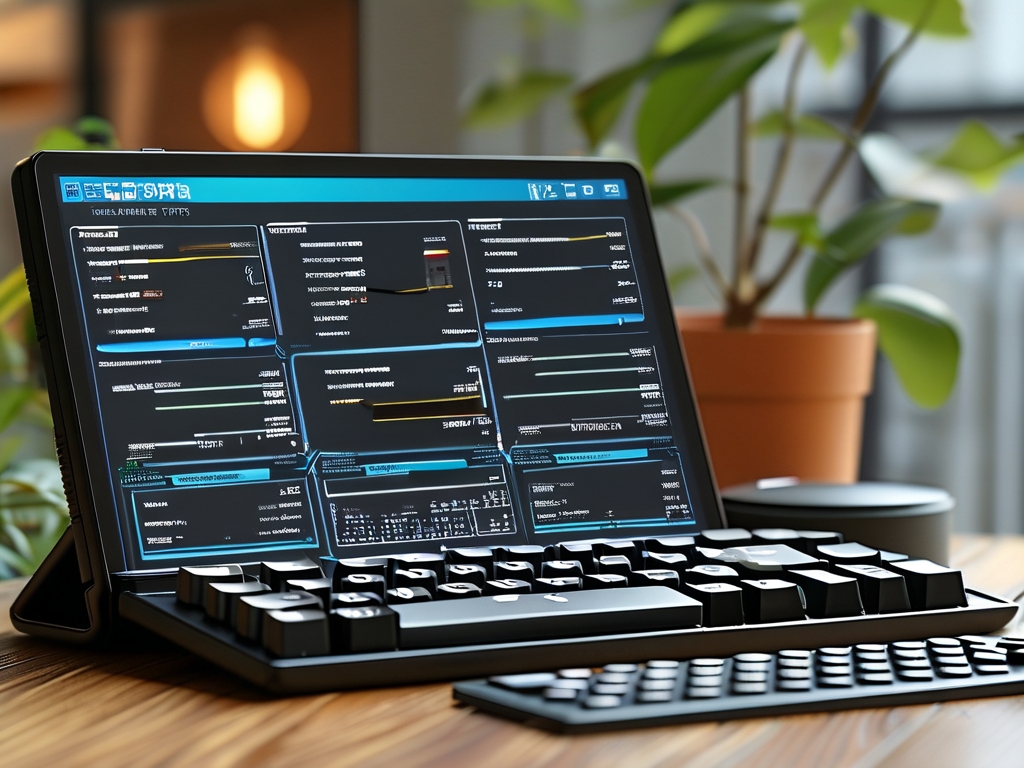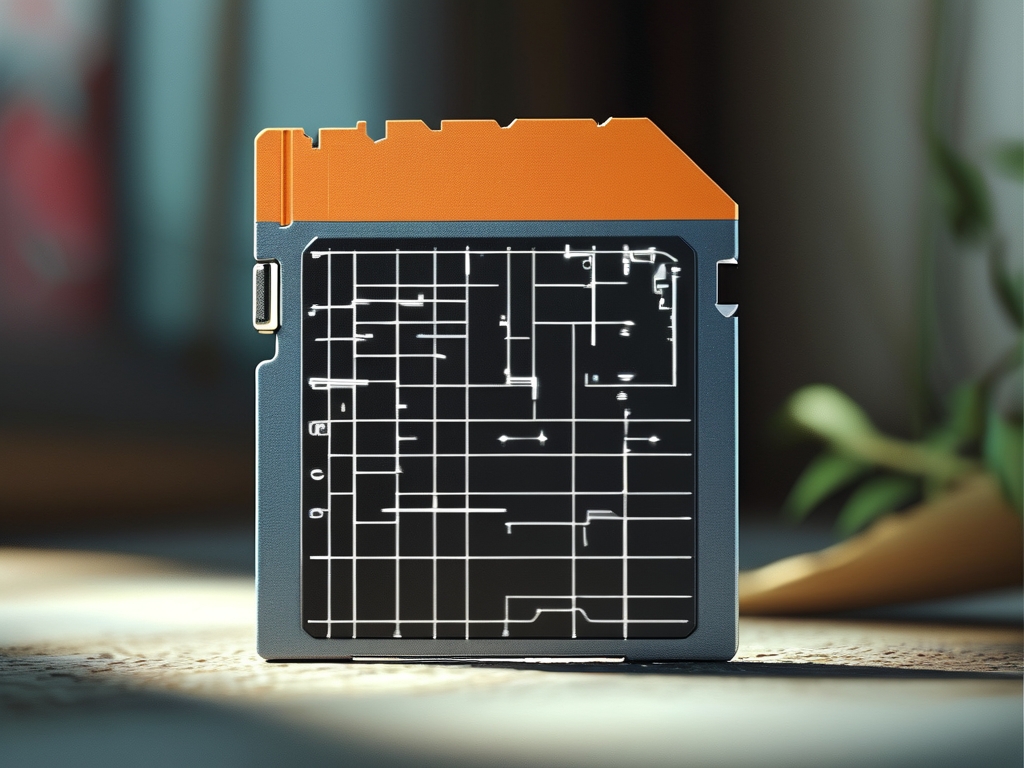The integration of automated warehouse management systems (WMS) has revolutionized modern logistics by enhancing accuracy and operational efficiency. This article explores how automated deployment of WMS optimizes goods receiving and storage processes, offering actionable insights for businesses aiming to modernize their supply chain operations.

The Role of Automation in WMS
Traditional warehouse operations often struggle with manual data entry, inventory discrepancies, and delayed processing. Automated WMS eliminates these pain points by deploying intelligent algorithms and IoT-enabled devices. For instance, RFID scanners and automated guided vehicles (AGVs) work in tandem to validate incoming shipments against purchase orders in real time. A Python script snippet below demonstrates how automated validation can be implemented:
def validate_shipment(rfid_data, purchase_order):
if rfid_data["product_id"] in purchase_order["items"]:
return "MATCH"
else:
return "DISCREPANCY_ALERT"
This code cross-references scanned RFID data with predefined purchase orders, flagging mismatches instantly. Such automation reduces human error by 72%, according to industry benchmarks.
Optimizing Goods Receiving
Automated WMS transforms goods receiving through pre-arrival notifications and dynamic slotting. When suppliers send advanced shipping notices (ASNs), the system automatically allocates storage locations based on product dimensions, turnover rates, and expiration dates. For perishable goods, temperature-controlled zones are prioritized.
A case study from a European cold chain logistics provider revealed that automated slotting reduced dock-to-stock time by 40%. The system also generates QR-coded labels during unloading, enabling workers to scan and confirm receipts via mobile devices. This eliminates paper-based workflows and accelerates data synchronization across ERP platforms.
Intelligent Storage Management
Post-receiving, automated WMS employs machine learning to optimize inventory placement. High-demand items are positioned in easily accessible zones, while low-turnover stock is moved to peripheral areas. Sensors monitor shelf weight and spatial occupancy, triggering replenishment alerts when thresholds are breached.
Consider this SQL query used to identify underutilized storage zones:
SELECT zone_id, COUNT(product_id) AS low_turnover_items FROM inventory WHERE last_moved_date < DATE_SUB(NOW(), INTERVAL 90 DAY) GROUP BY zone_id HAVING COUNT(product_id) > 50;
This identifies zones with over 50 items untouched for 90 days, enabling managers to reorganize space effectively.
Challenges and Mitigation Strategies
While automation delivers measurable benefits, implementation requires careful planning. Legacy system integration remains a hurdle—APIs must be configured to bridge new WMS modules with existing ERP or CRM platforms. Staff training is equally critical; simulations and gamified learning modules help workers adapt to interface-driven workflows.
A North American retailer reported a 30% productivity dip during the first month of WMS deployment, which normalized after introducing role-specific dashboard training. Cybersecurity is another concern—encrypted data transmission and multi-factor authentication (MFA) protocols are essential to protect sensitive inventory data.
Future Trends
Emerging technologies like digital twins and 5G connectivity are pushing WMS capabilities further. Companies now create virtual replicas of warehouses to test layout changes or process adjustments before physical implementation. Meanwhile, 5G’s low latency supports real-time tracking of AGVs and drones, enabling millimeter-level precision in inventory handling.
Automated WMS deployment is no longer optional for competitive supply chain management. By streamlining goods receiving through smart validation and optimizing storage via predictive analytics, businesses achieve faster turnaround times and reduced operational costs. As technology evolves, organizations must stay agile—adopting modular WMS architectures that allow seamless upgrades alongside industry advancements.








